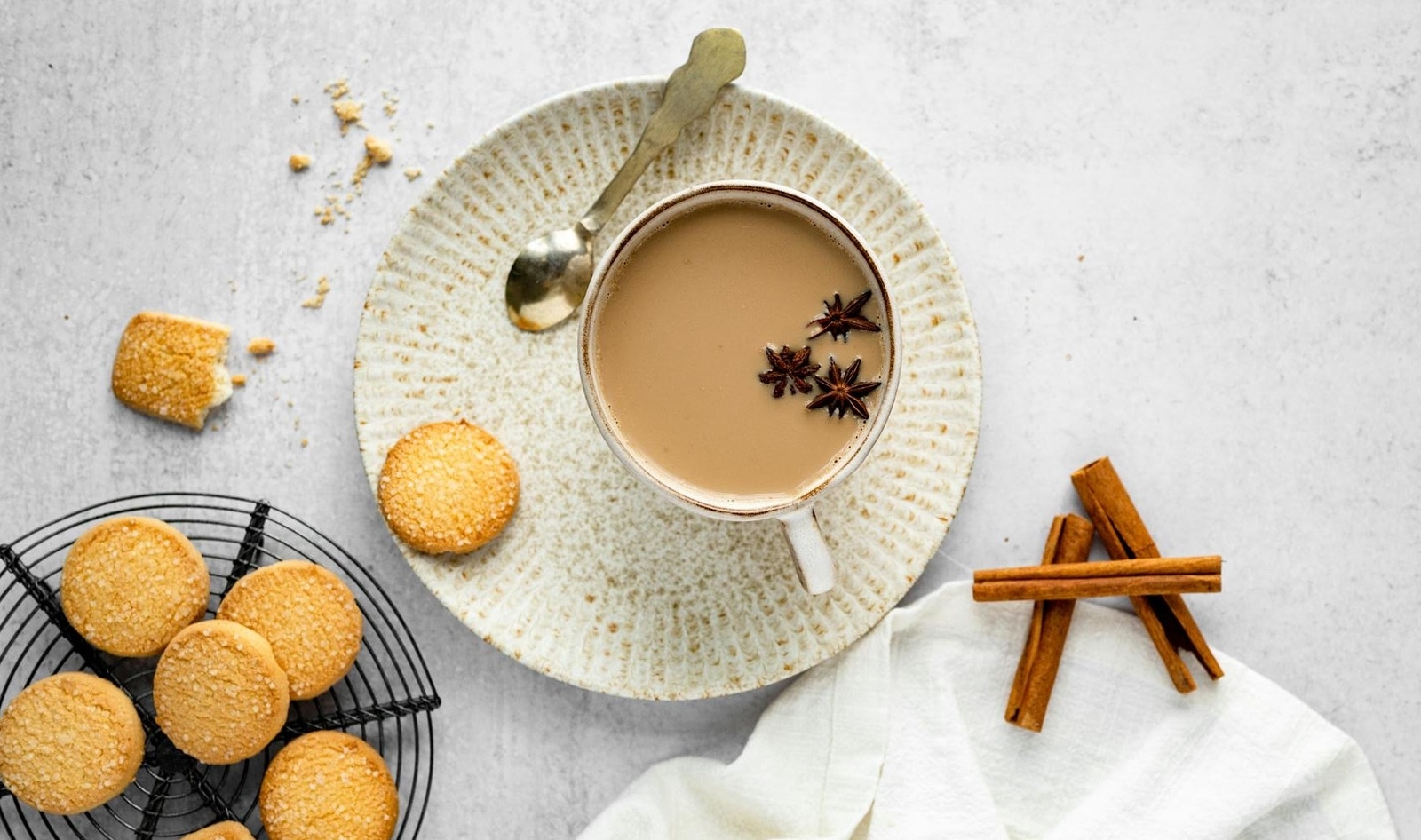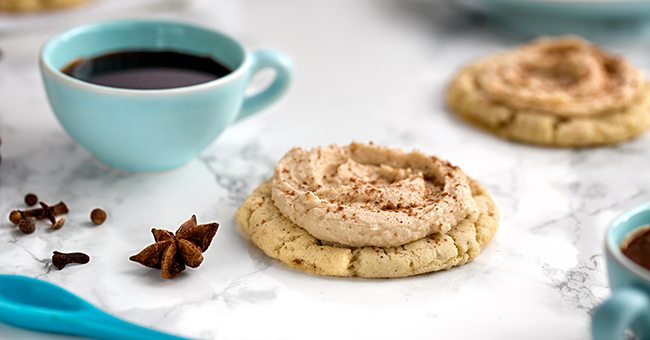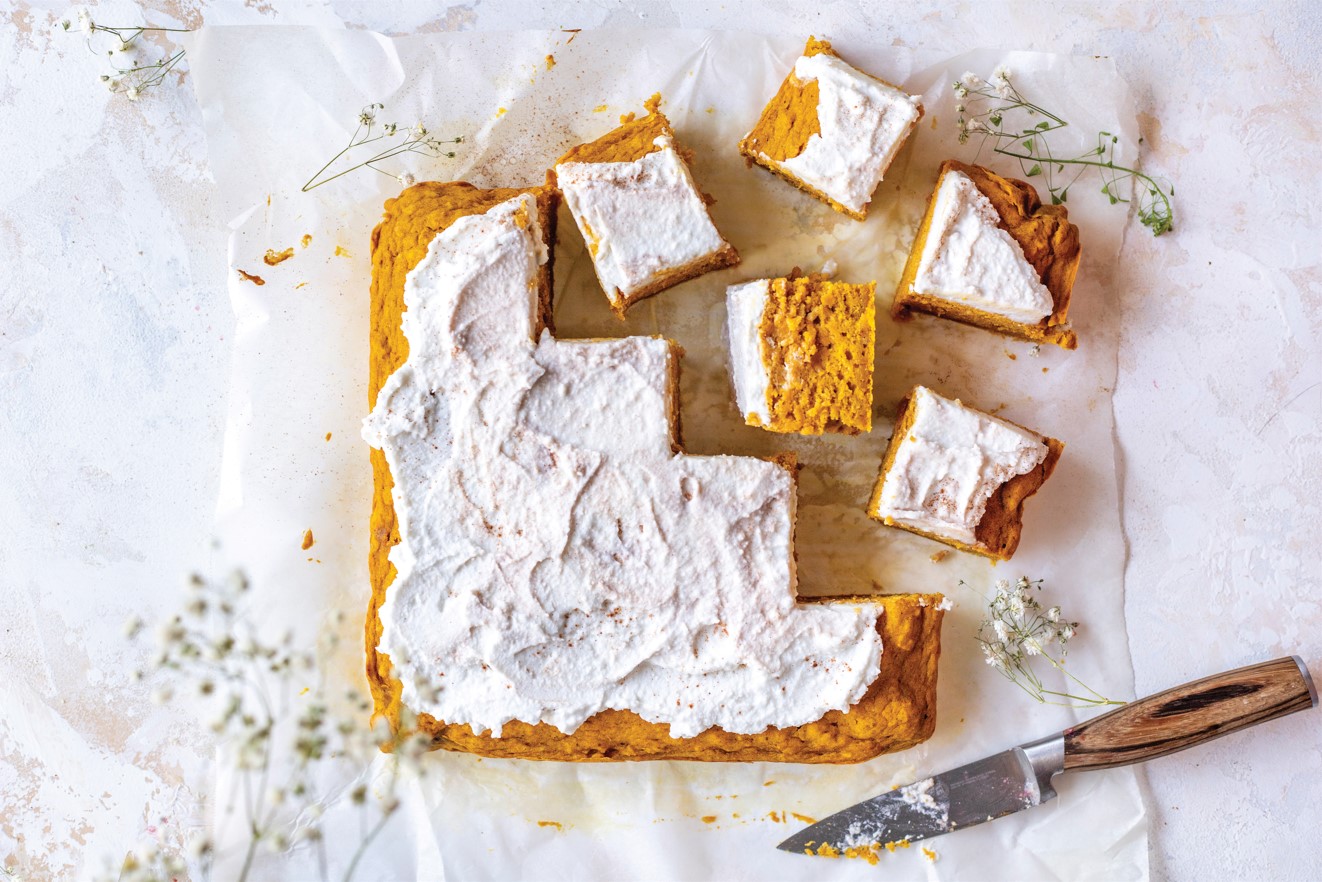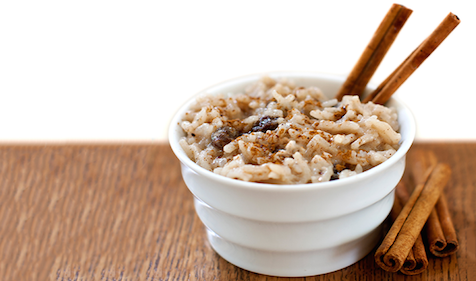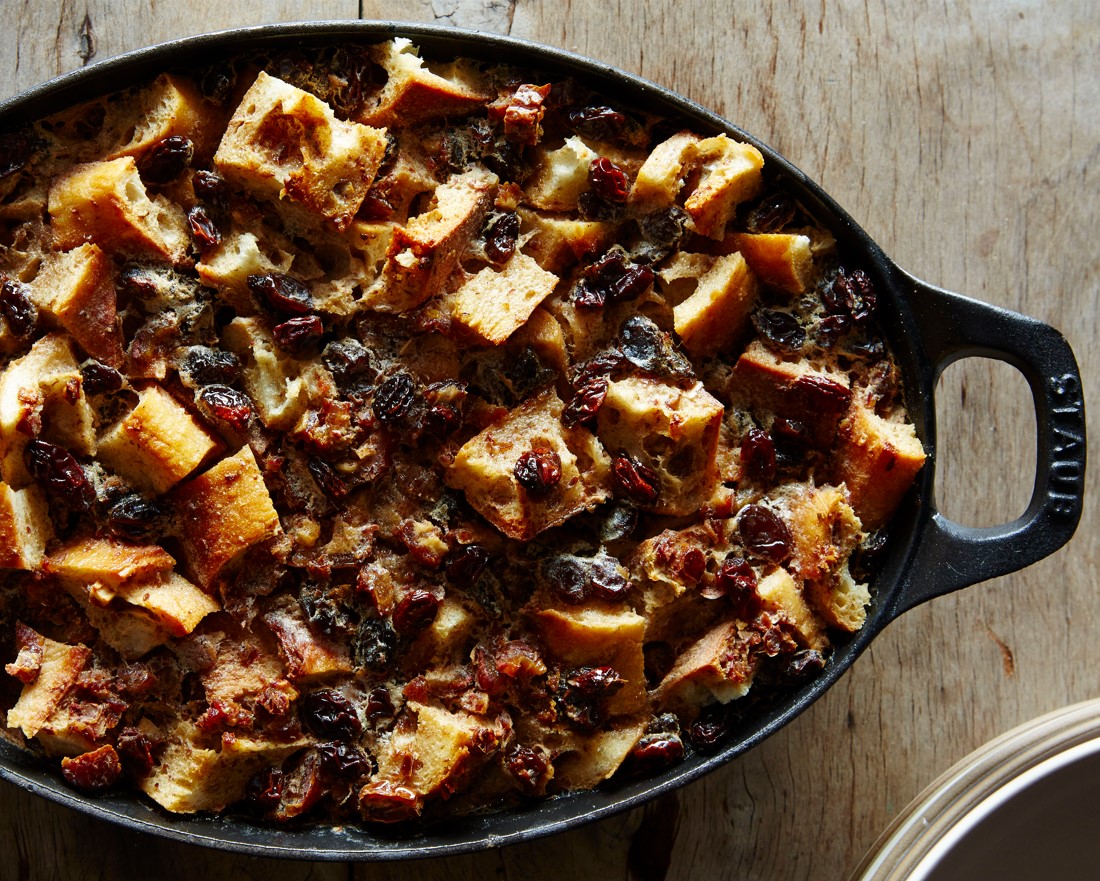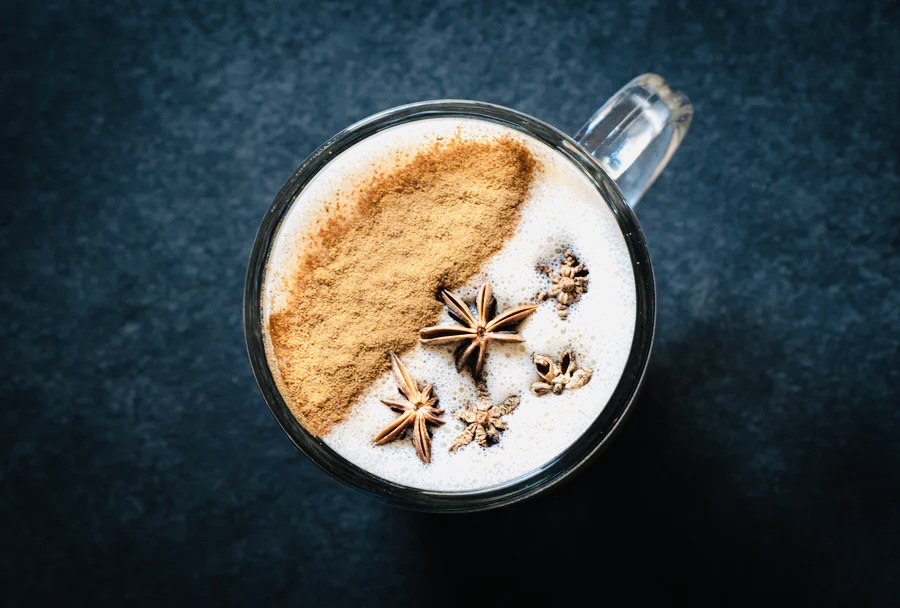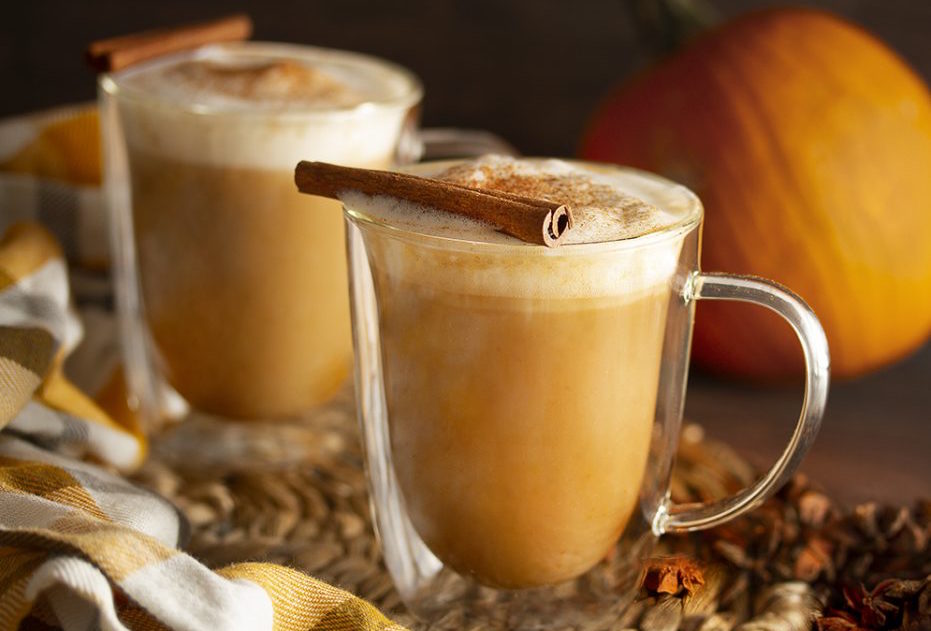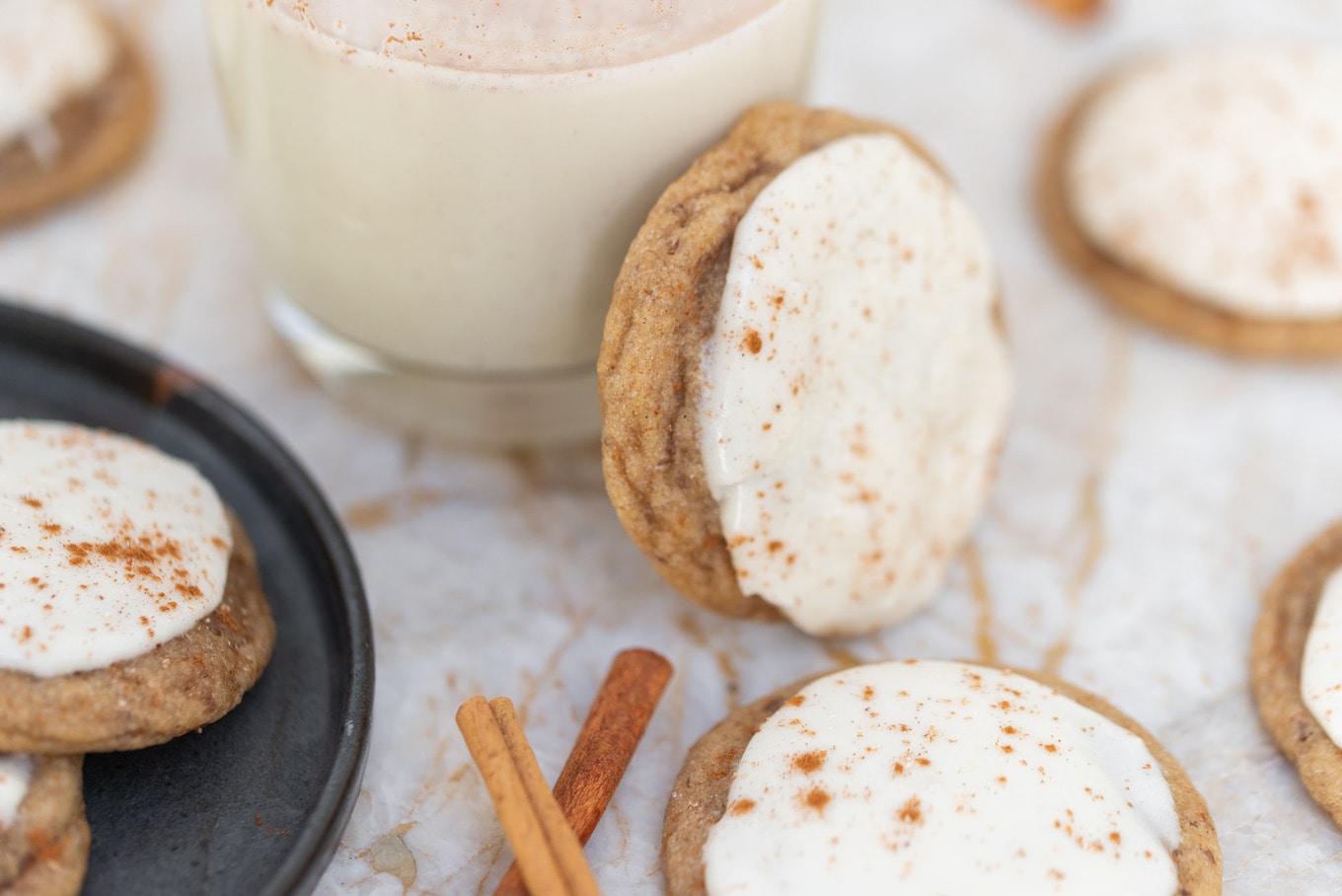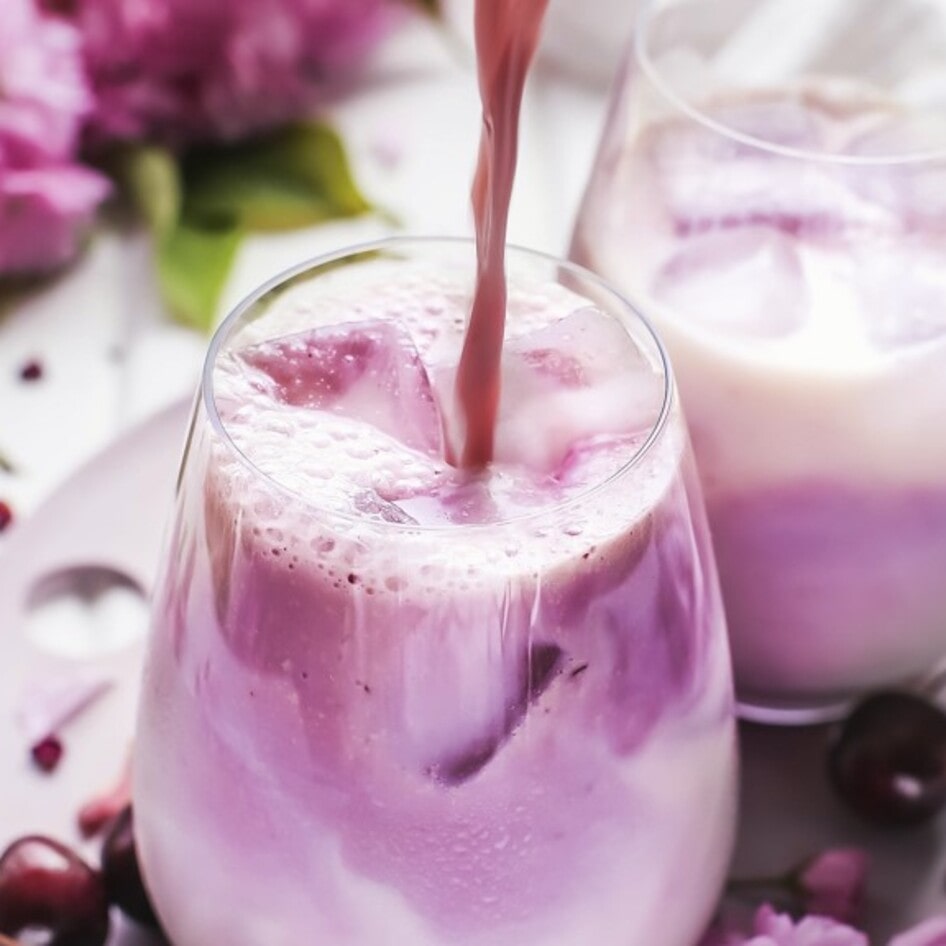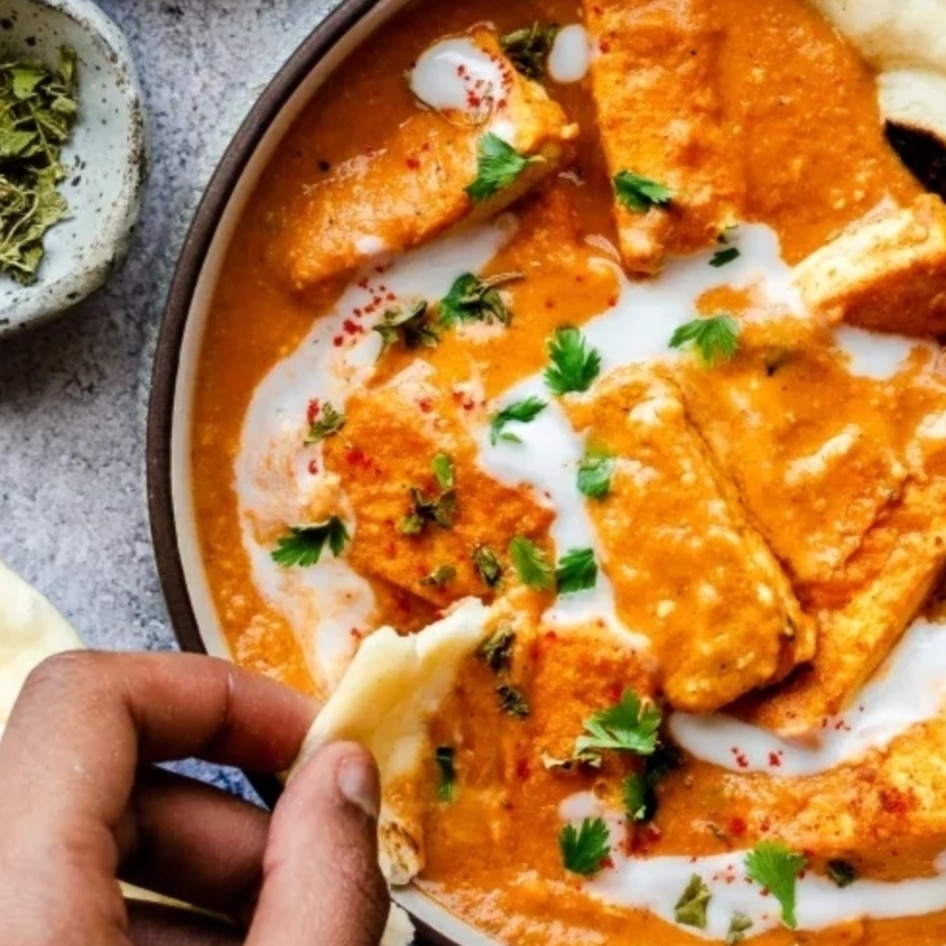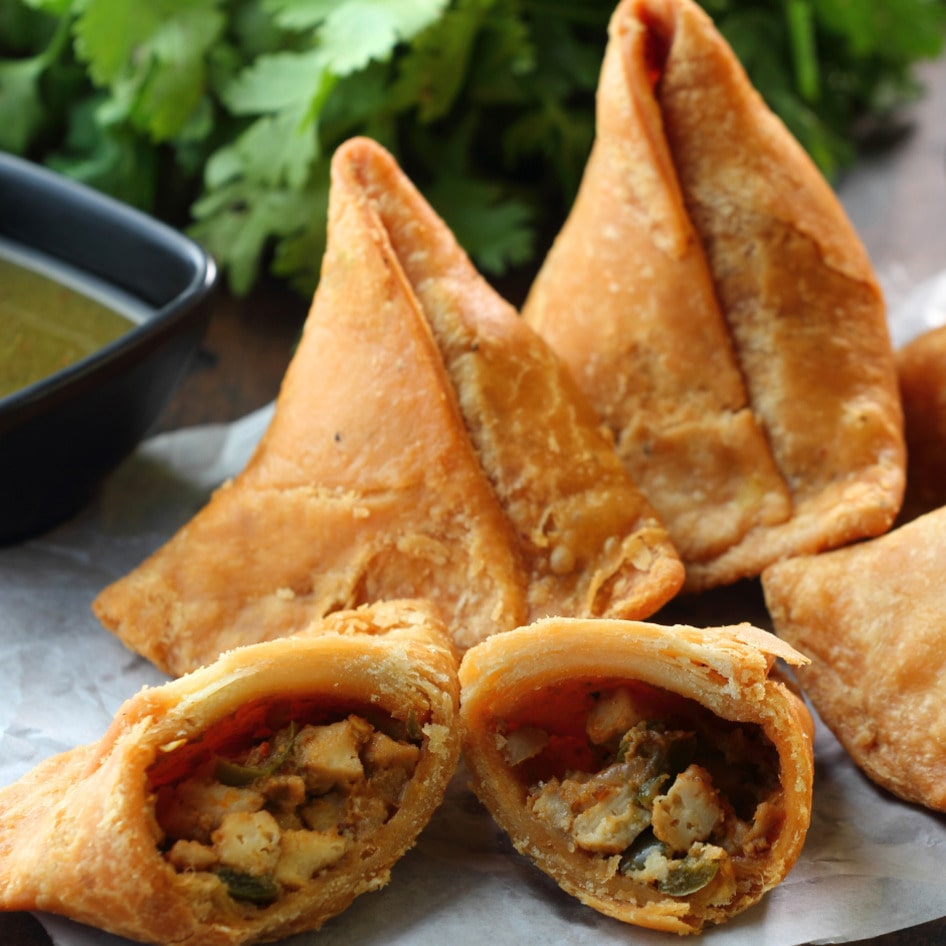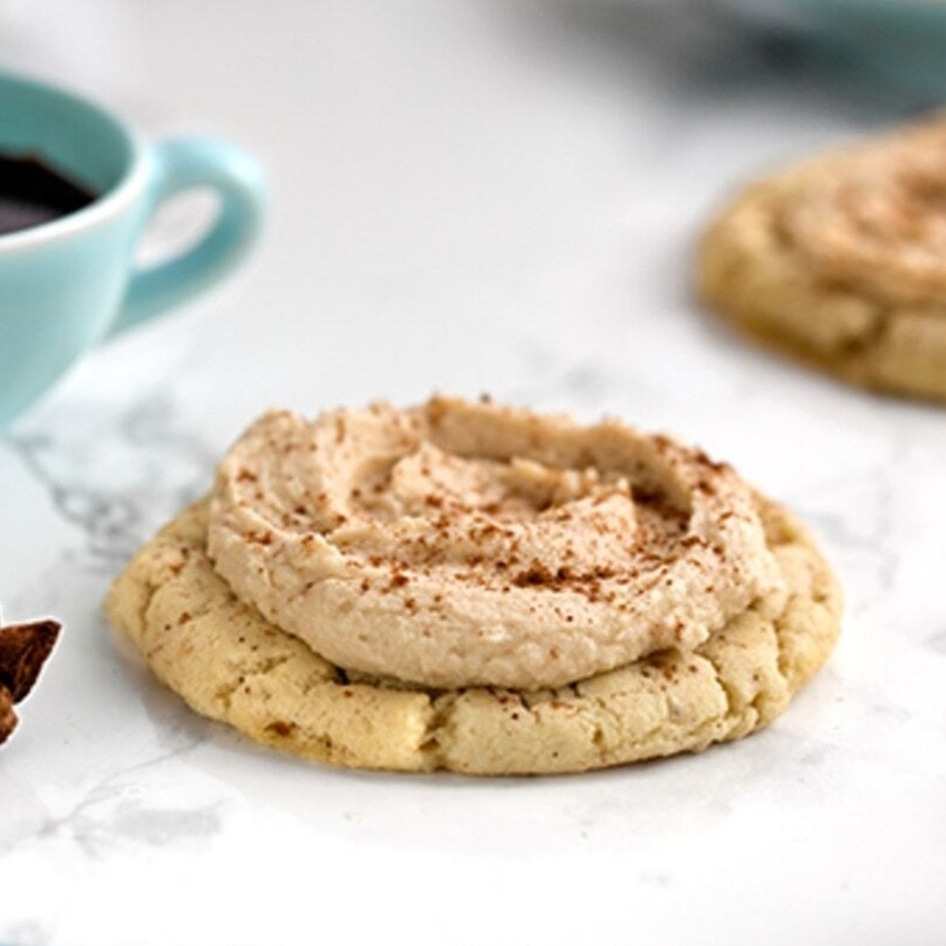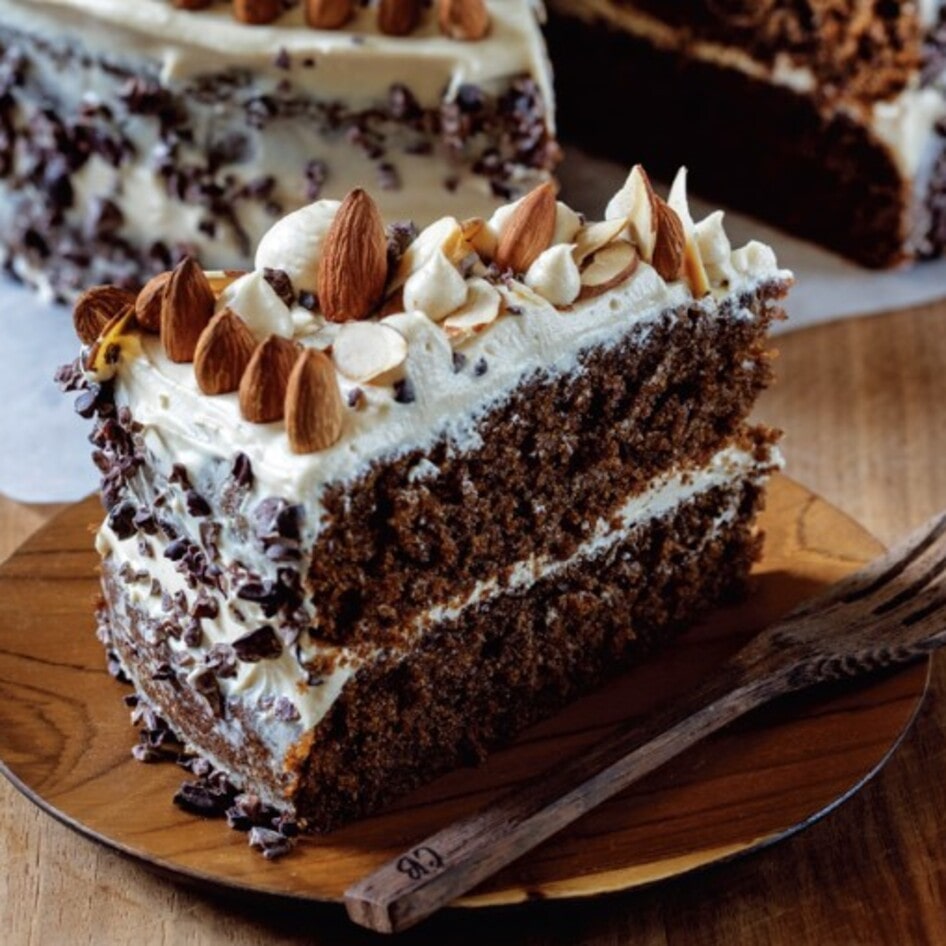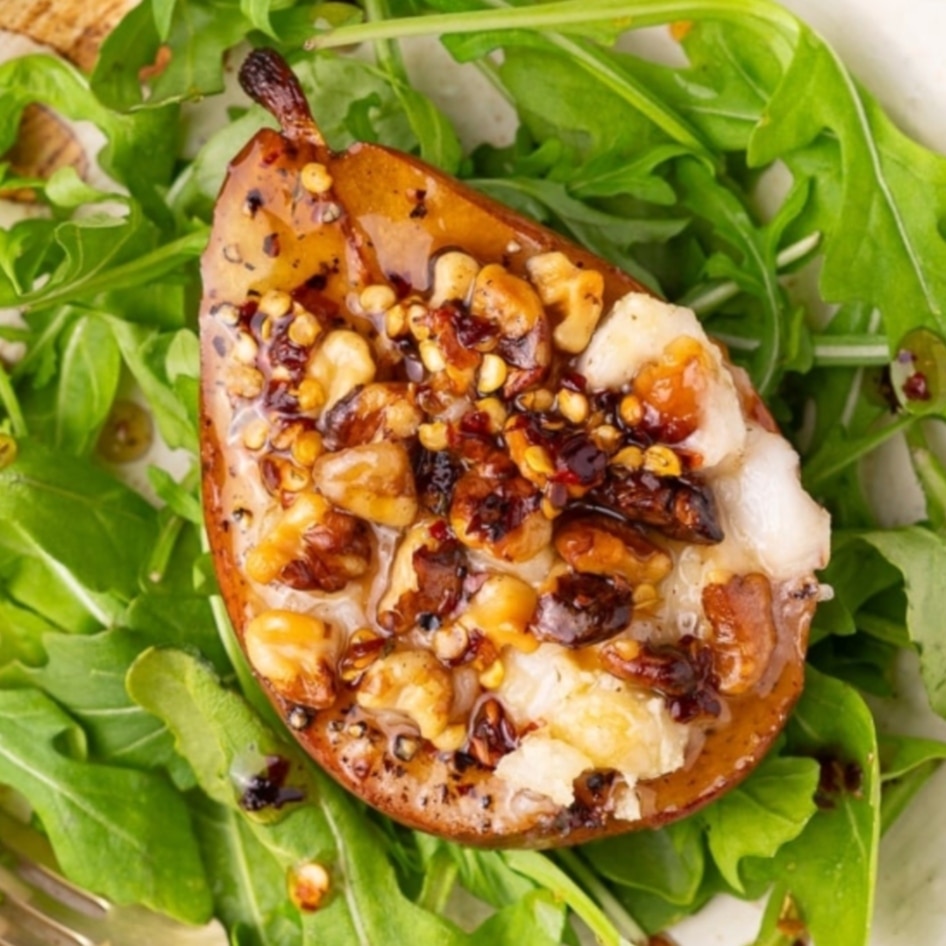Kadha has been consumed across India for centuries. The drink is warm, herbal, spicy, earthy, and incredibly comforting, especially during the cooler months of the year. It’s also thought to have health benefits, largely thanks to the mix of ingredients like turmeric, ginger, and cinnamon, all of which boast antioxidant properties. In the West, Kadha isn’t as common, but many Americans are likely familiar with its close relative, masala chai.
According to Verified Market Research (VMR), the market for masala chai exceeded $5.4 billion in 2023, and by 2031, it could grow to almost $10 billion. The drink, which shares many characteristics and qualities with Kadha, is surging in popularity for a few reasons. One of them is TikTok. The social media app hosts several videos guiding users through how to make masala chai drinks and how to cook with it, too. Some of them, like this post from tea influencer Crossculturekev, have more than half a million views.
“The role of social media in promoting food and beverage trends can lead to heightened interest and consumption of Masala Chai, as influencers and brands showcase unique preparations,” reports VMR. But social media isn’t the only factor that’s driving up the consumption of masala chai. It also lists growing cafe culture, globalization, and health consciousness as key market drivers.
“With rising awareness of health benefits associated with tea consumption, including antioxidants, anti-inflammatory properties, and digestive benefits, Masala Chai has attracted health-conscious consumers,” VMR notes. Find out more about these health benefits below, alongside delicious plant-based recipe inspiration.
 Unsplash
Unsplash
What exactly is in chai?
Like Kadha, masala chai contains a blend of spices, including ginger, cinnamon, cardamom, and black pepper. Both are also incredibly aromatic and usually served warm, however, masala chai differs in a few different ways. For one, it’s usually served with black tea and milk. For that reason, it’s also a little sweeter and creamier than its cousin, Kadha.
The reason Kadha and masala chai are so similar is because they have an interesting and intertwined history. Without the former, there probably wouldn’t be the latter.
According to the masala chai brand Chai Guys, masala chai was created during the British Raj, which was a period of British rule in India, spanning from 1858 to 1947. During their rule, British colonizers were trying to break China’s monopoly on the tea industry by developing an industry in India.
But people in India were resistant, especially to drinking black tea alone. Instead, however, they started fusing Kadha with tea leaves, milk, and sugar, “serving almost as an ironic rebellion to British propaganda attempting to indoctrinate tea alone into Indian society,” explains Chai Guys.
 Pexels
Pexels
BECOME A VEGNEWS VIP: Get exclusive product deals, freebies, and perks galore!
“Tea vendors had discovered a loophole in the campaign to integrate black tea into the country,” it continues. “The tea was being used, but the unique, homespun inclusion of other ingredients greatly reduced the usage of tea leaves - and thus their purchase - by liquid volume. So came Chai; a flavourful, spice-infused tea that sweetens the tooth and vitalizes the mind and body.”
Masala chai, of course, grew in popularity, and now you can find the tea blend, often referred to as just chai, in grocery stores all over the world, including in the US.
Side note: In India, masala chai isn’t just called “chai,” and that’s because, in Hindi, “chai” translates directly to “tea.” So if you ask for chai, like you might in the UK or the US, you’re actually just asking for regular tea.
Is chai healthy?
Just like Kadha, masala chai is associated with many health benefits, and this is largely because of the herbs and spices used to make it.
Cinnamon, for example, which is one of the key ingredients in masala chai, is rich in antioxidants, and it may even help to reduce levels of LDL cholesterol (a risk factor for heart disease). It also contains ginger, which contains the bioactive compound gingerol, which boasts potent anti-inflammatory and antioxidant properties. Research suggests that it helps to reduce oxidative stress in the body, which, over time, may increase the risk of chronic diseases, like cancer.
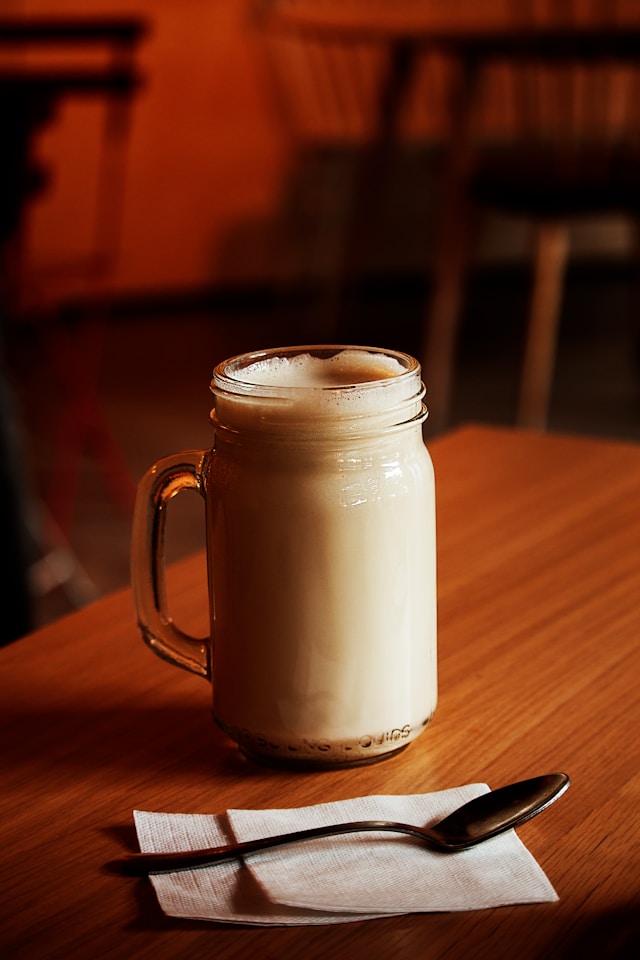 Unsplash
Unsplash
Black tea also contains beneficial compounds called flavonoids. Earlier this year, research suggested that consuming more flavonoid-rich foods and drinks, including black tea, might help to reduce the risk of developing dementia by as much as 28 percent.
“There are so many evidence-based health benefits of eating lots of [flavonoid-rich foods],” Christine Byrne, MPH, RD recently told VegNews. “Studies show that consuming flavonoids is associated with a reduced risk of heart disease and cognitive decline.”
“In your body, flavonoids help regulate your blood pressure, prevent plaque buildup in your brain, and reduce inflammation in your brain,” she added.
7 vegan chai recipes
Masala chai is most commonly consumed in a warm drink with milk, however, that’s not the only way to enjoy its flavors and reap its benefits. Find some of our favorite ways to consume masala chai below, from cookies to cakes to coconut lattes.
1 Award-Winning Vegan Chai Latte Sugar Cookies
Made with a blend of spices and chai tea bags, these easy-to-make sugar cookies are undeniably delicious (they are a Holiday Cookie Contest winner, after all). Perfect with a hot cup of coffee, they’re the perfect cozy, winter snack.
Get the recipe
2 Vegan Chai Pumpkin Cake With Cream Cheese Frosting
Need fall baking inspiration? Look no further. This chai pumpkin cake with cream cheese frosting is the perfect autumnal dessert or midday pick-me-up. It’s warming, comforting, and bursting with flavor.
Get the recipe
3 Vegan Chai Breakfast Pudding
Spice up your breakfast during the chilly fall and winter mornings by whipping up a bowl of this nourishing vegan chai breakfast pudding. For added goodness and flavor, top with dates and raisins for the perfect morning treat.
Get the recipe
4 Vegan Chai-Spiced Bread Pudding
Medjool dates and the spices of masala chai are a match made in heaven, especially when they’re combined in a hearty bread pudding. This dish is ideal for Sunday brunch or a hearty winter dessert.
Get the recipe
5 Vegan Cardamom Rose Chai Coconut Latte
This delicious latte is a floral dream. It’s loaded with coconut, maple, chai, and rose, all of which mingle together to create a flavor-packed sweet, floral beverage you’ll want to make on repeat during fall and winter.
Get the recipe
6 Creamy Vegan Pumpkin Spice Chai Latte
Give your usual pumpkin spice latte a tasty twist by mixing in two chai tea bags. The result is warming, comforting, and cozy—basically, everything you want in a fall drink. If you need a little more caffeine, simply add a shot of espresso, too.
Get the recipe
7 Vegan Chai-Spiced Sugar Cookies With Spiked Eggnog Frosting
Another Cookie Contest winner, these tasty sugar cookies with vegan eggnog frosting make for the perfect holiday treat. Whip up a batch for all your friends and family this winter for a guaranteed crowd-pleaser.
Get the recipe
For more plant-based stories like this, read:
JUMP TO ... Latest News | Recipes | Guides | Health | Subscribe

